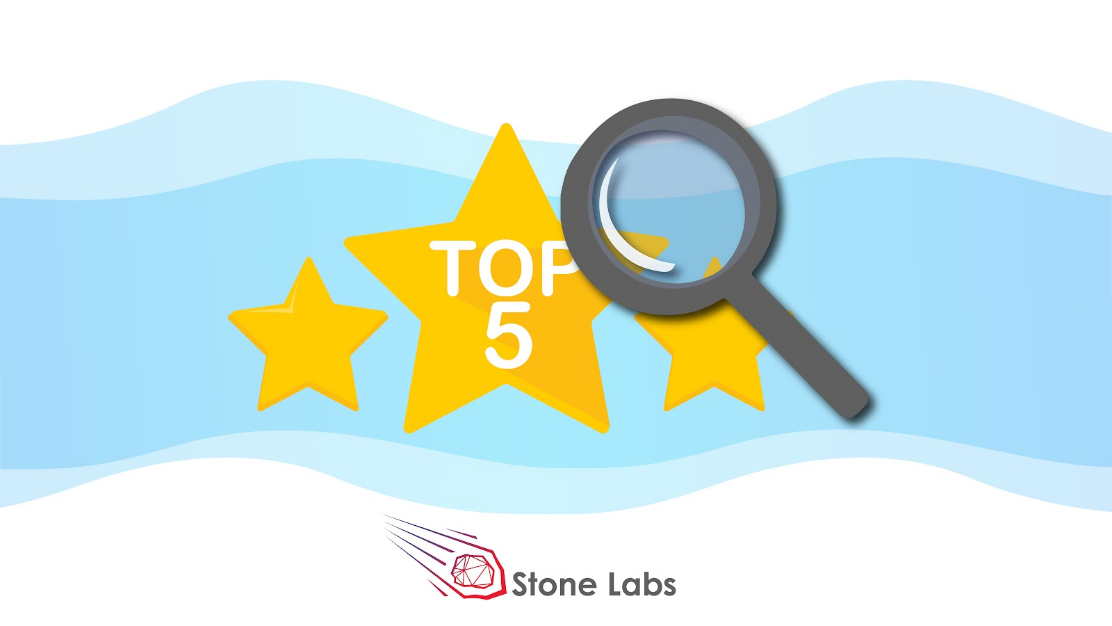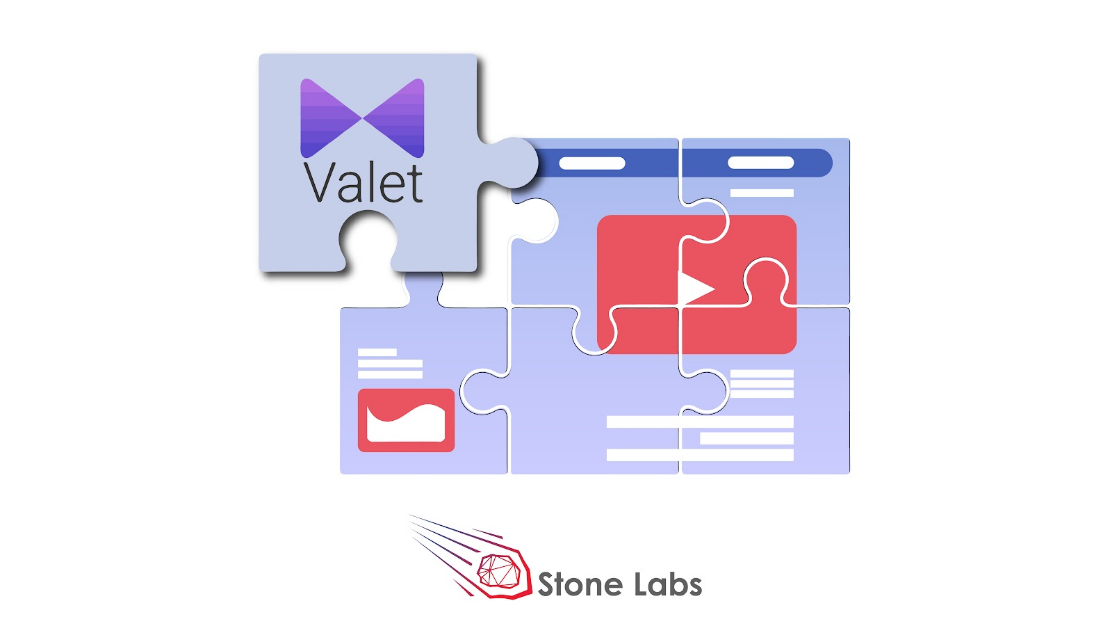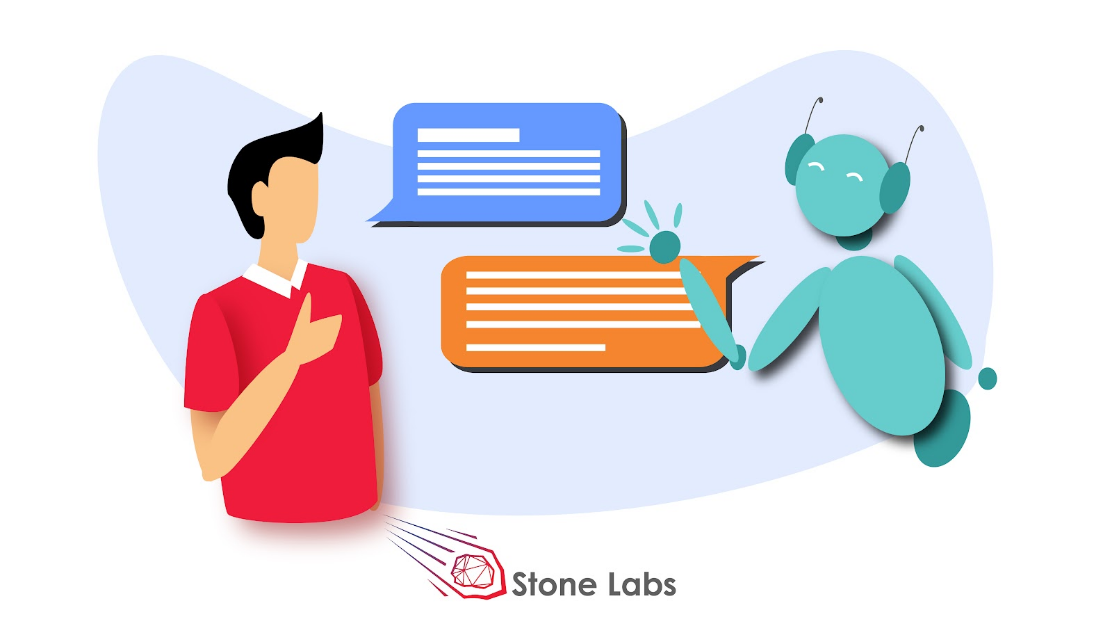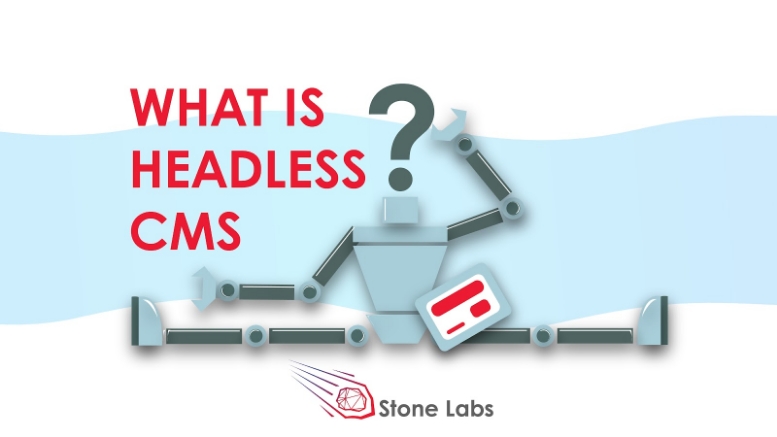As the world gradually emerges from the pandemic, the startup ecosystem in Germany is making a strong recovery. Despite the obstacles posed by the pandemic, many startups in Germany have managed to secure significant funding in the first half of 2023.
Let’s take a closer look at the top 5 startups which have recently secured big funding.
Grover – This Berlin-based startup is a subscription-based platform for tech rentals that lets users rent everything from smartphones and laptops to gaming consoles and VR headsets. The startup recently raised $1.2 billion in a funding round led by SoftBank Vision Fund.
Neufund
– Also based in Berlin,a blockchain startup that aims to democratize finance by allowing investors to buy and sell shares directly in startups. The company raised $13.2 million in a funding round led by Future Ventures.
Personio
– Munich-based Personio is a cloud-based human resources management platform that caters to small and medium-sized businesses. The company recently raised $125 million in a funding round led by Index Ventures.
Wefox
– Wefox is a digital insurance platform that connects customers with insurance providers. The Berlin-based startup recently raised $650 million in a funding round led by California-based venture capital firm Tiger Global Management.
Mambu
– Mambu is a cloud-based platform that provides core banking services to financial institutions. The Berlin-based startup recently raised $288 million in a Series F funding round led by SoftBank Vision Fund 2.
These startups are just a few examples of the innovative and dynamic businesses that are driving Germany’s startup ecosystem. At StoneLabs, we are committed to helping entrepreneurs turn their ideas into reality through custom software product development. With our expertise in building complicated IT startups on demand, we can help businesses like these adapt to changing market conditions and achieve their full potential.
We provide different services to projects on the different state of the development process, so we have a ready-made way of solving any issue:
- Need to get a project up in a short time?
MVP tips & tricks – https://startup.stone-labs.com/mvp-development - Need tech-to-business advice on how to get an ideal market fit?
Product Discovery – https://startup.stone-labs.com/product-discovery - Need an expert CTO / Product Manager for your team?
Experts on-demand – https://startup.stone-labs.com/virtual-experts - Wanna gather feedback from users/investors without any development?
UI prototype – https://startup.stone-labs.com/ui-prototype - Want to improve an already created solution or prepare it for growth?
Solution audit – https://startup.stone-labs.com/solution-audit
To learn more, visit our StoneLabs website at https://startup.stone-labs.com/ and we will help you to create and scale your project!




